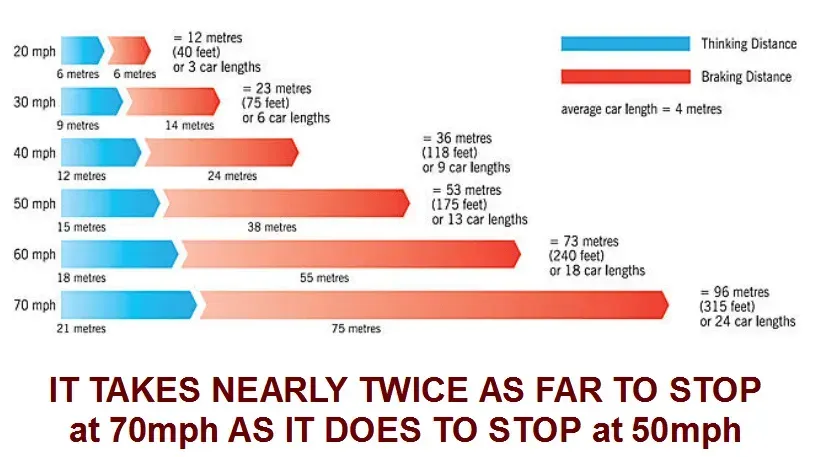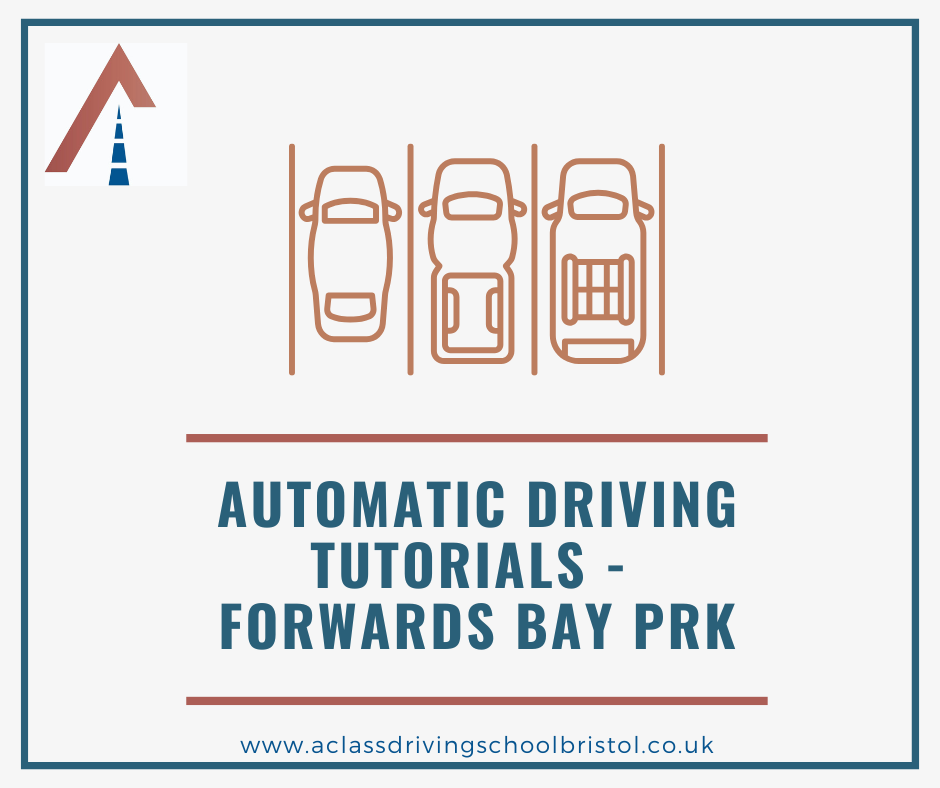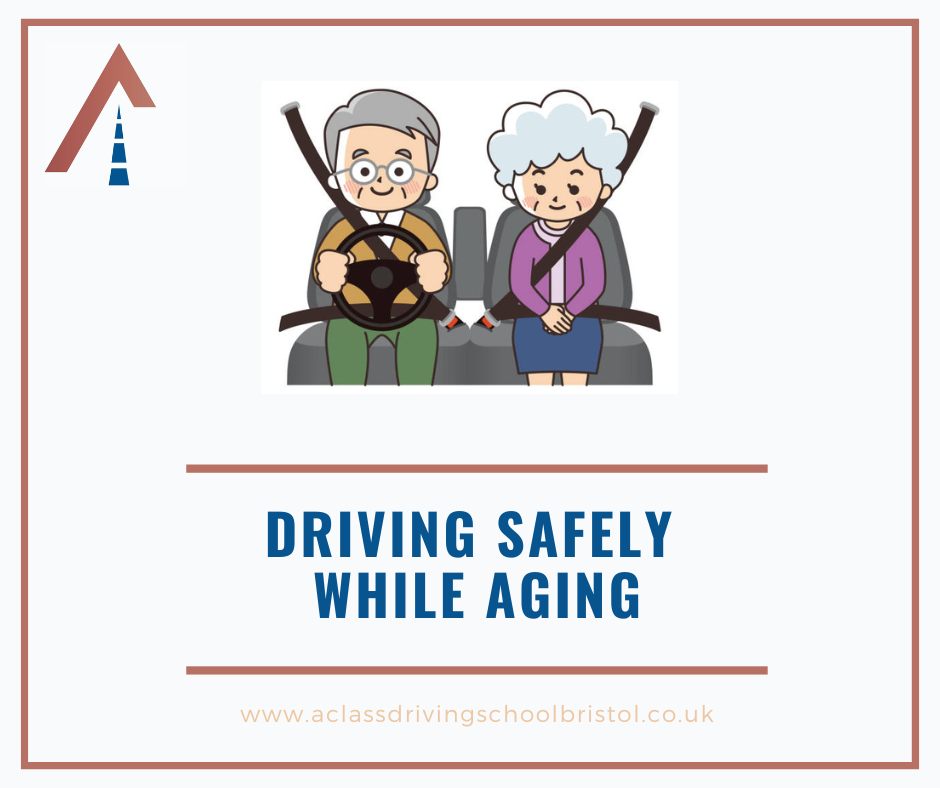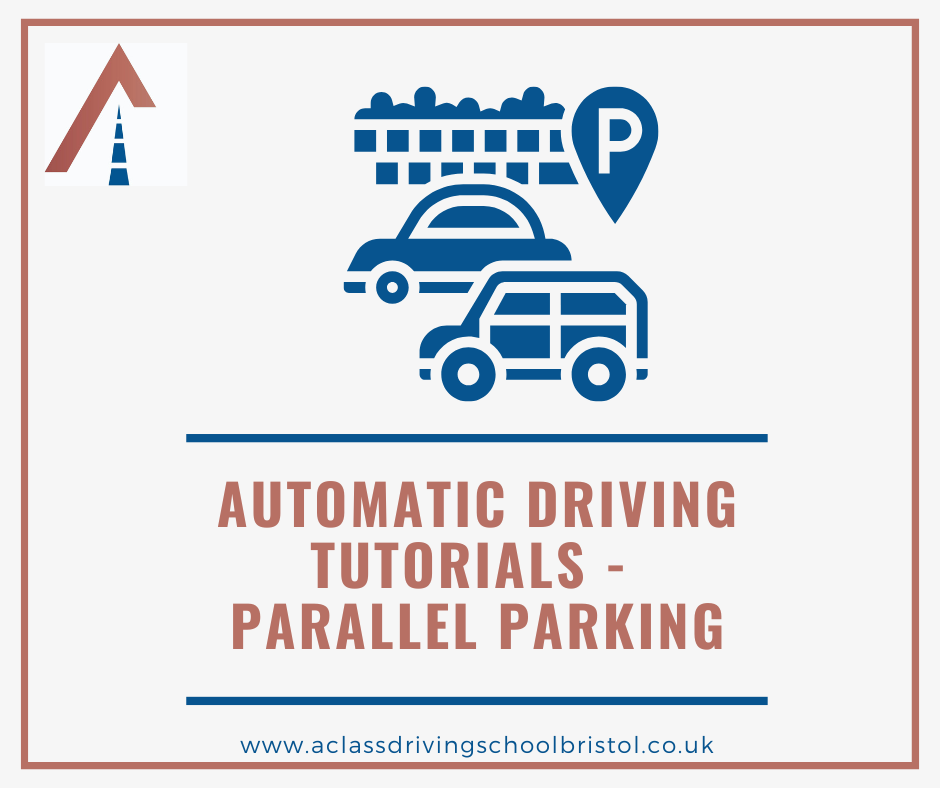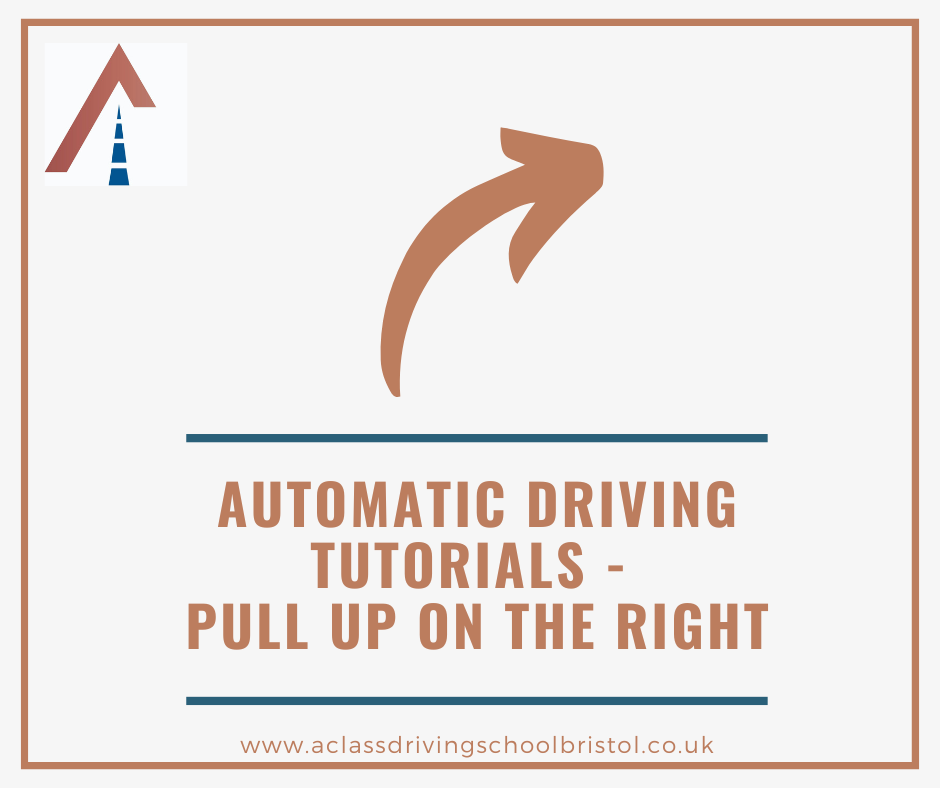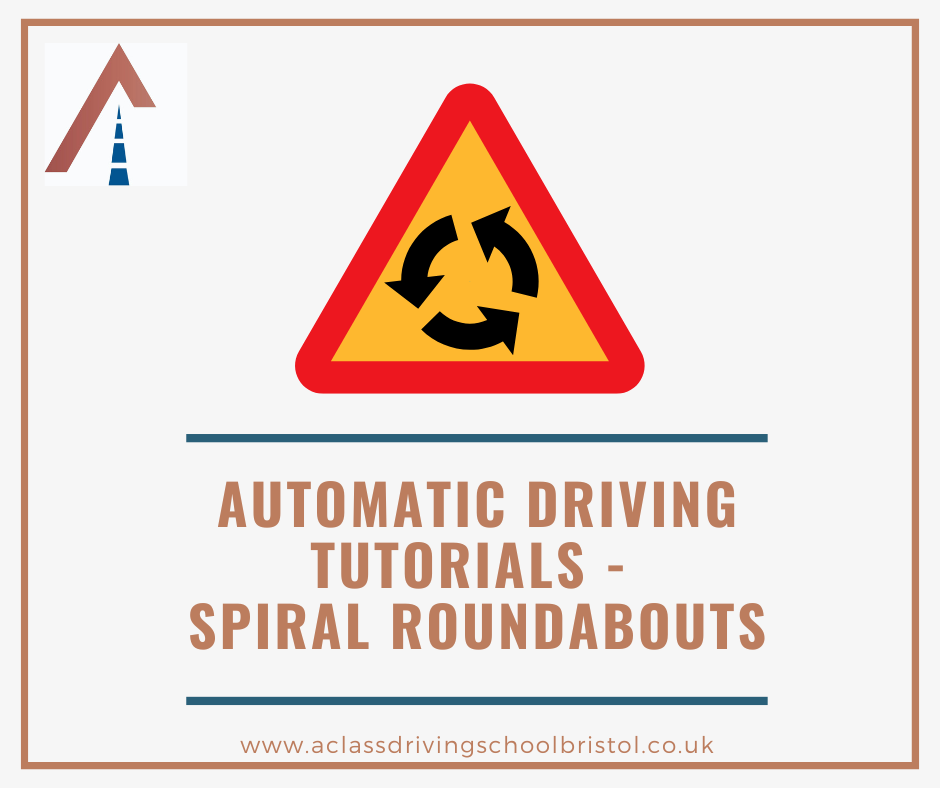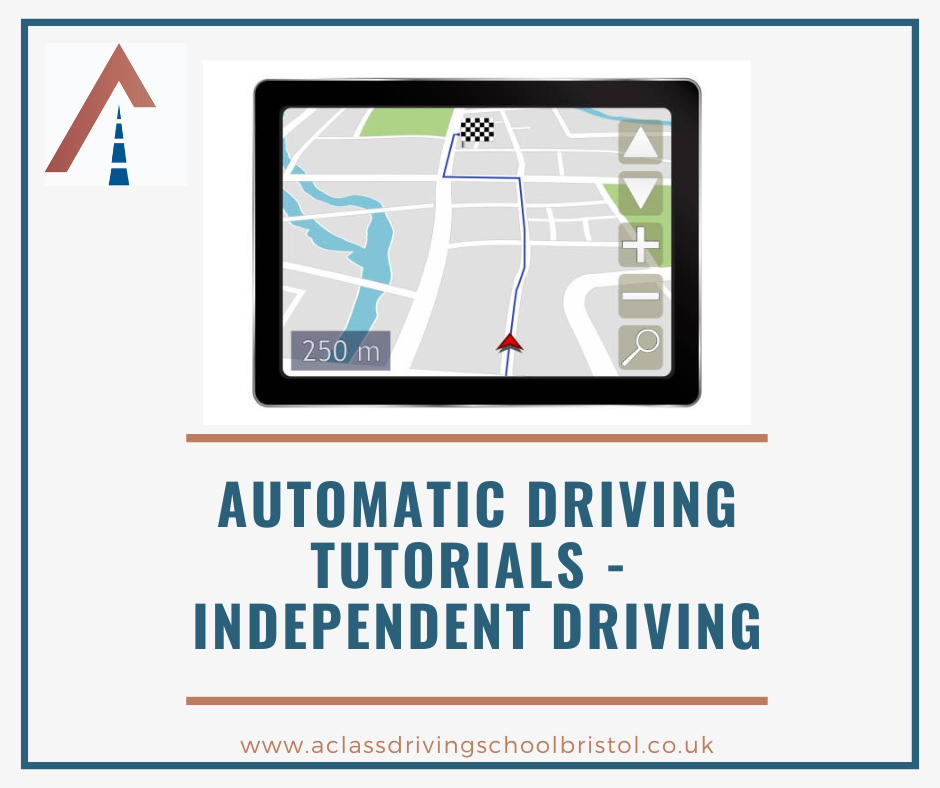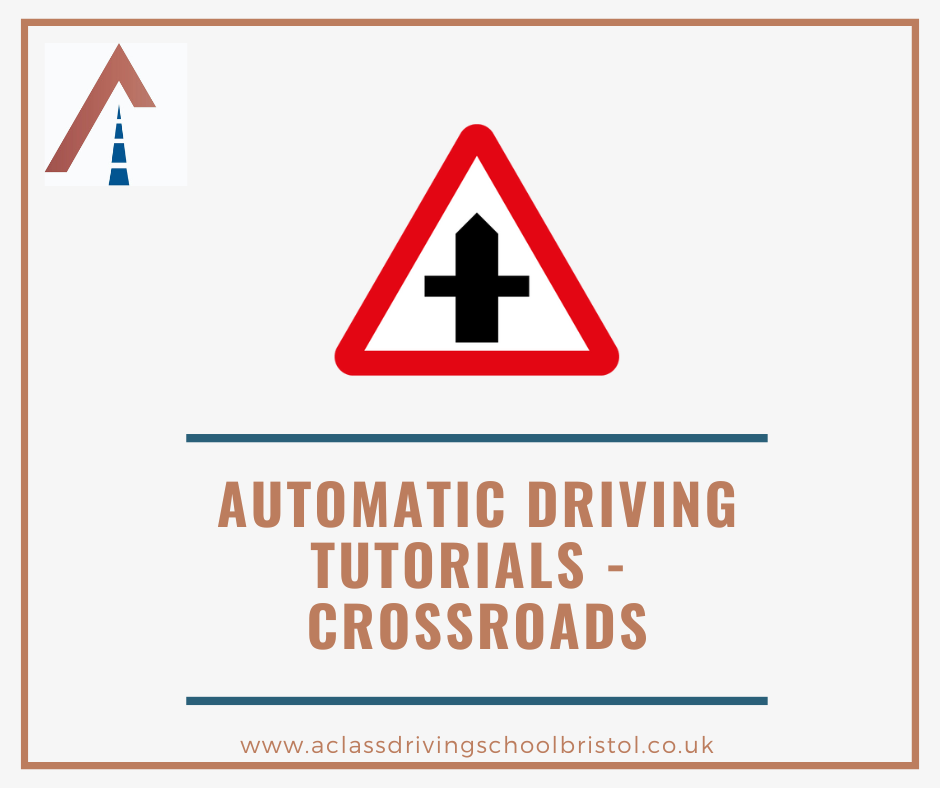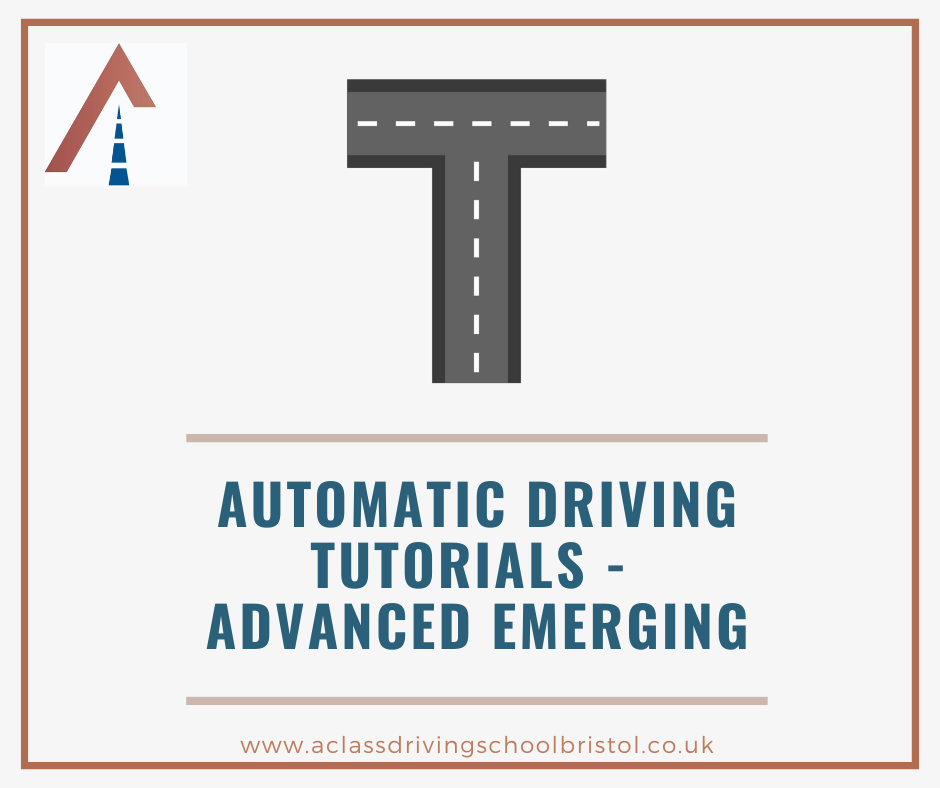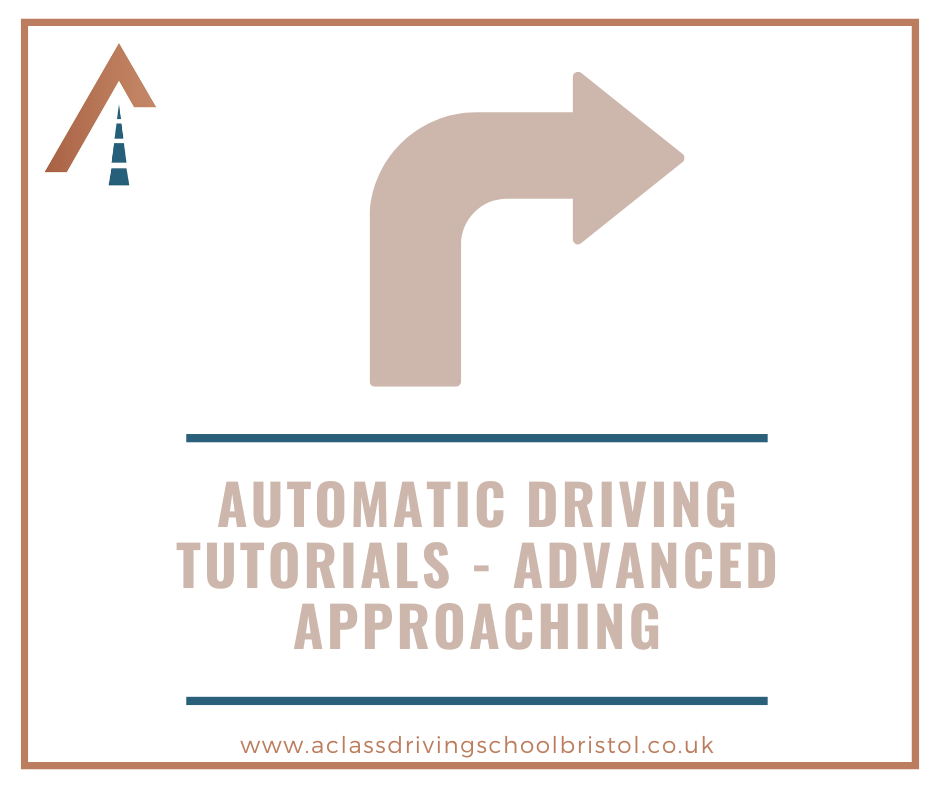Emergency Stop - Automatic tutorial
Online driving tutorial - Emergency Stop
This is often refereed to as an emergency stop, however, I find that this paints the wrong image in students minds. In an emergency type situation, any driver needing to stop the car would hammer the brake. This is not what the examiner is looking for.
Think more along the lines of a controlled stop. A short sudden stop is expected from you, the seat belts should lock, but the car remains under control. The car should not skid and the ABS should not activate.
The routine
Come test day, the examiner will pull you into the side of the road first and will explain what is about to happen next. So you can mentally prepare for the emergency stop.
Usually when we reduce our speed we should try and get a mirror check completed, but because this is (supposed to be) an emergency it's far more important to stop the car. So the first thing you have to do, when asked to stop, is firmly press down on the foot brake. Firm, but not overly firm.
The car should stop suddenly, but the ABS should not activate. You need to demonstrate that you can stop the car without the need of the anti-lock brake system. You might not have a car with it in the future.
If you feel a strange pulsing sensation under your braking foot, don't panic, it's just the ABS activating. Stay with it, let the computer and ABS do it's thing.
Both hands need to firmly grip the wheel and keep the car in a straight line.
Once the car has stopped, apply the handbrake, put the car into neutral and relax your feet. Your heart might be beating quickly, so give yourself a second or two to gather your composure.
Because the car is stationary, we need to POM, but with a twist.
Prepare the car first, so foot brake down, into drive and take the handbrake off.
Then complete a 360 degree observation around the car, starting with a look over your left shoulder finishing with your blind spot on the right. We want to check all around us for any road user trying to pass on either side of the vehicle.
The car could be, potentially, in a strange position in the road. Other road users approaching from behind may not know at is happening and could look to go past you.
Act sensibly on what you see. As you're moving away, have a check on your mirrors in-case something happened to be in a blind spot.
Skidding
There are three main causes for all skidding accidents occurring. If you're aware of them, you can reduce the chances of it happening to you.
Human error
You may be surprised to hear that the main cause of skidding is due to driver error. Speed too high and braking too late.
Because the main cause of skidding is down to human error, it's important to remain the correct distance behind the car in front. Remember, "only a fool brakes the two second rule". This is the distance we should keep from the car in front. Twice that in the wet.
Look at the braking distance chart below. At 70 mph your overall stopping distance isn't too far off 100 m! When was the last time you saw a car on the motorway keeping 100 meters away from the car in front? In the wet, it's double that and in ice it's 10 times that, 1 kilometre!
The car
The second cause of skidding is a faulty vehicle. Brakes not working, car veering to one side, bald tyres/excessive wear on outside of tyres. You should check your tyre pressure at least once a week. The tread depth should also be kept an eye on. 1.6 mm is the legal tread depth requirement.
The surface
The third cause is the road surface. Wet, muddy, icy, loose debris... Most modern cars these days are all equipped with ABS (anti brake systems), which allow you to turn the wheel and change position whilst skidding. If your car ever does skid, turn into it. This means if the rear of the car moves to the right, you turn the wheel to the right. What ever you put on, be ready to take it off when the car corrects itself!
